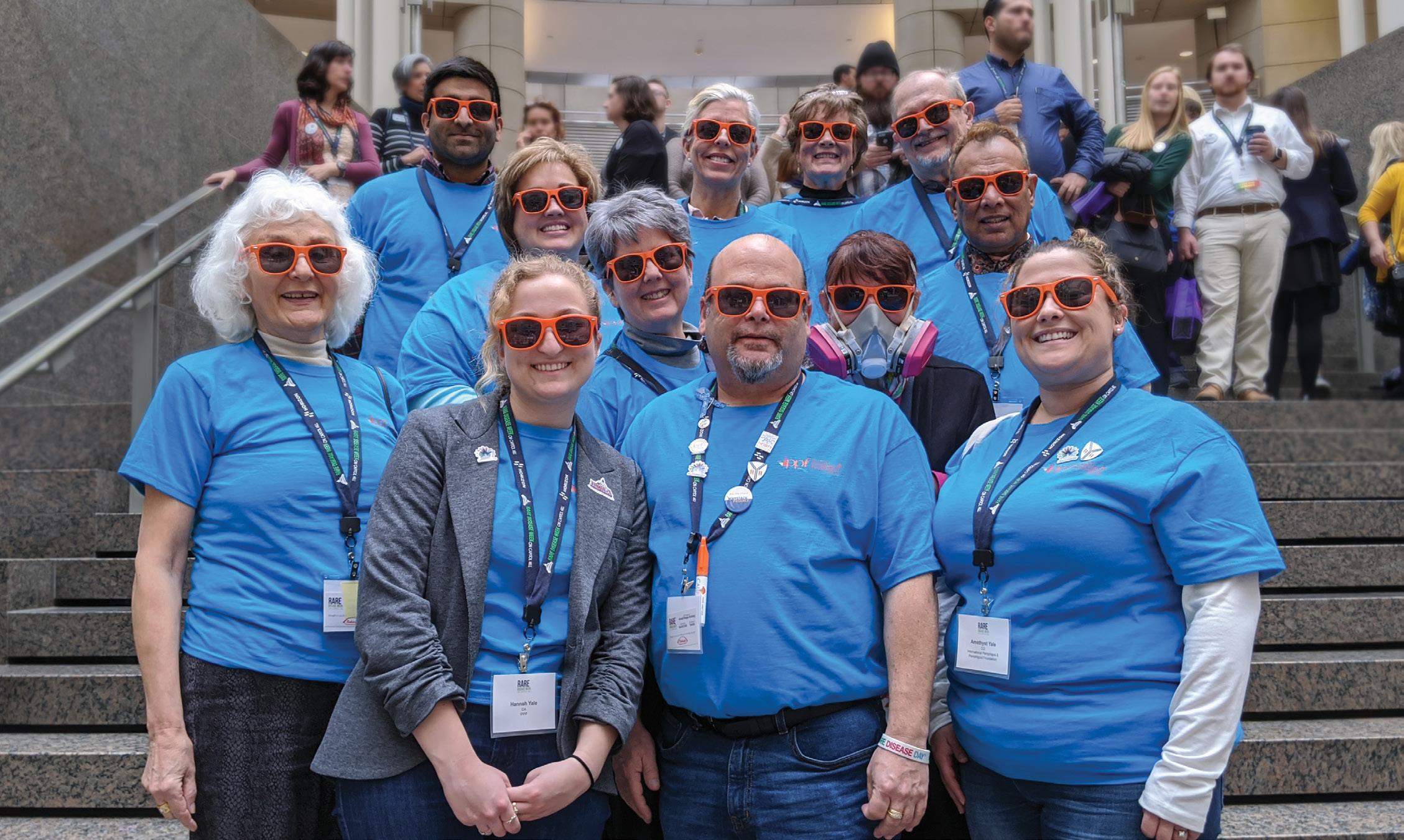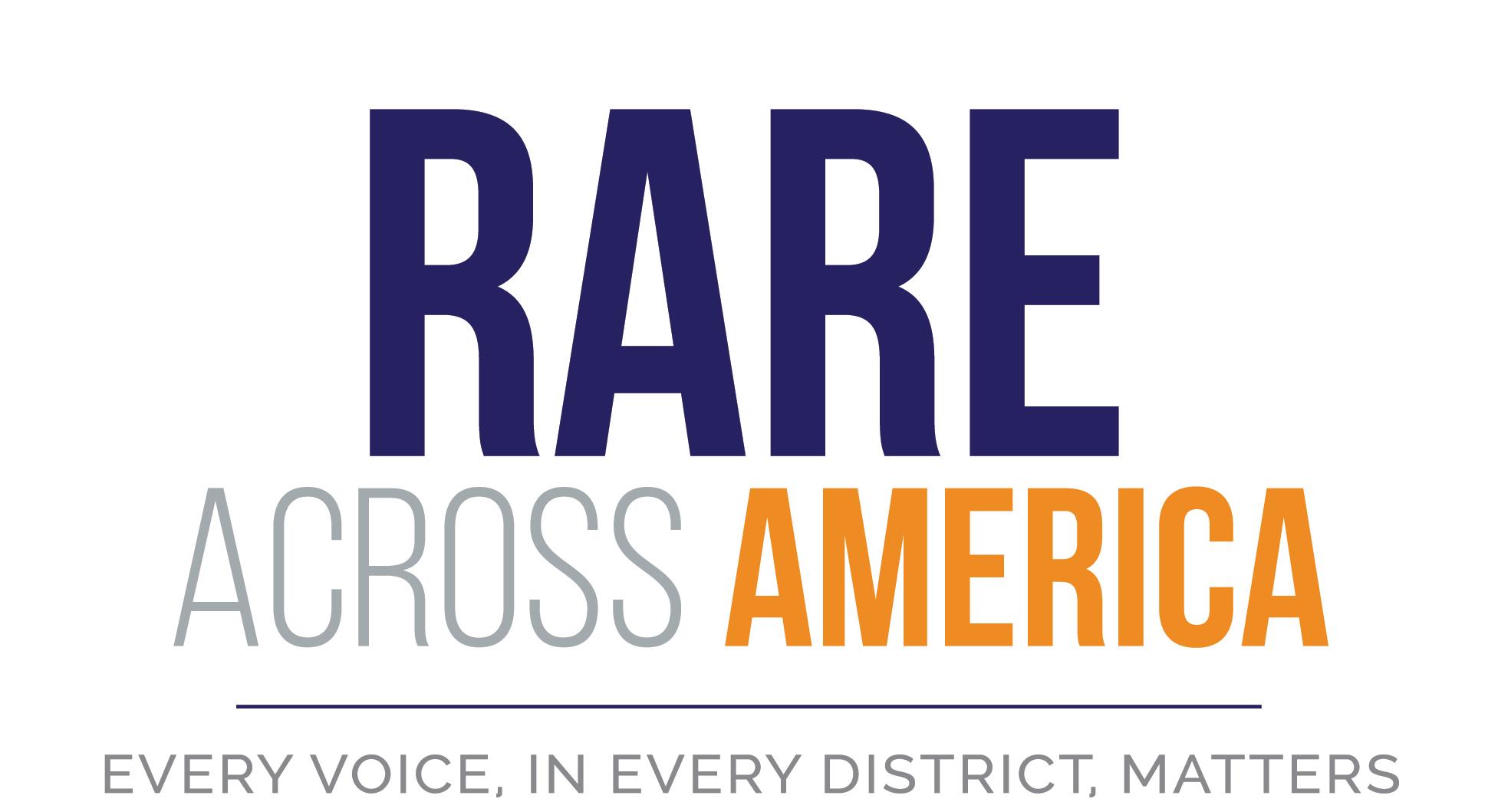
4 minute read
The Diagnostic Odyssey of Pemphigus and Pemphigoid Patients
In the rare disease community, you hear a lot about zebras. Why? In medical school, students are often taught that if you hear hoof beats, think horses, not zebras. In other words, what is the most likely diagnosis? It is more likely to be a common “horse” than a rare “zebra.” But, as you may hear repeatedly from rare disease patients, zebras do exist. Physicians need to be aware of how to spot a zebra. The longer a physician suspects a horse when it really is a zebra, the longer it will take to get to the correct diagnosis, which means a longer time without treatment.
I was recently at a rare disease conference where a patient said, “We talk a lot about finding out about the patient journey. Please don’t call it a journey. A journey sounds like something you’d find enjoyable. Please call it an odyssey. That is more accurate. It is not a fun experience.” How true! What is the patient odyssey and how does it vary by disease?
Advertisement
I am the president and founder of Rare Patient Voice, a market research company that helps patients and caregivers voice their opinions through confidential interviews and surveys to improve medical products and services. Rare Patient Voice recently collaborated with the IPPF to administer a survey to patients and caregivers to learn about their perspectives. Patients were asked about their diseases, including how long it took to get diagnosed, how many medical tests were required, the number of physicians they needed to see, if they were misdiagnosed along the way, if they received genetic testing, and if they experienced a delay in treatment. Participants of the survey were also given the opportunity to provide open-ended answers about their experiences.
As of writing, we have received 155 responses from P/P patients. These responses were compared with overall totals of similar survey results about diagnostic experiences from 3,000 patients across 436 rare diseases. The following are some initial observations based on these surveys.
Diagnosis
On average, P/P patients were diagnosed more quickly than other rare disease patients surveyed; however, there were a lot of misdiagnoses along the way. The average (mean) time to receive a diagnosis was 1.2 years overall— about the same for both pemphigus and pemphigoid, compared with 4.4 years for other rare disease patient responses. Fifty percent of P/P patients were diagnosed within six months, yet it took some patients a longer time to get properly diagnosed. It took one pemphigoid patient 14 years to receive a diagnosis, 15.5 years for a pemphigus patient, and five survey respondents indicated that it took between 5 and 10 years.
On average, patients received three to four medical tests and saw three to four physicians prior to being diagnosed. For pemphigus patients, 73 percent were misdiagnosed, and 61 percent believed their treatments were delayed. For pemphigoid patients, 59 percent were misdiagnosed, and 50 percent believed their treatments were delayed. These percentages were substantially higher than the average of other rare disease patients surveyed.
As one patient reported, “I had a lesion on my scalp. I went to the dermatologist who said I had an infected hair follicle, which was incorrect. When I had lesions in my throat, I went to urgent care thinking I had a throat infection. I was given a strep test, which was negative, and sent home. As soon as I went to my primary physician due to what I thought was frequent throat infections, I was sent to a dental specialist, who tested and correctly diagnosed me. If my dermatologist would have known about the symptoms of pemphigus, maybe I would have been diagnosed correctly from the beginning. If I would have had more knowledge on the subject, I could have gone right to my primary doctor instead of urgent care and been correctly diagnosed.” (female pemphigus patient, 62)
Some patients attributed the treatment delays to lack of physician awareness and knowledge of the condition. For example, one patient reported that, “[My] periodontist suspected that I had MMP, but neither he nor the pathologist did the correct procedures to diagnose this disease. The periodontist should have referred me to another facility that had knowledge of how to test for this disease.” (female mucous membrane pemphigoid patient, 74)
Treatment
Even after diagnosis, some respondents indicated that it was difficult to get to the correct treatment. One patient stated, “I had a hard time finding a treatment that worked for me. I had horrible side effects with several immune suppressant meds and finally found Rituxan ® , that has been a life saver. I wish this drug could be accessible to everyone that needs it at a lower cost.” (female bullous pemphigoid patient, 42)
Another patient commented that, “Rather than diagnosis, my biggest problem was being matched with a dermatologist with experience/specialty in pemphigus.” (female pemphigus patient, 66)
Conclusion
The odyssey of P/P and other rare disease patients is complex. Upon examining these survey results, it is clear that delays in diagnosis, lack of physician knowledge, access to care, and adequate treatment options are common among P/P patients. It is important to examine these results and compare them with other rare disease patient responses in order to raise awareness about diagnostic issues within the rare disease community. Thank you to the patients who took the time to fill out the survey and provide Rare Patient Voice with their data.
Wes Michael is the President and Founder of Rare Patient Voice. He has been involved in market research for more than 30 years. He saw the need for rare patients to be included in market research and created Rare Patient Voice in 2013 to enable patients and caregivers to share their experiences with decision makers.









